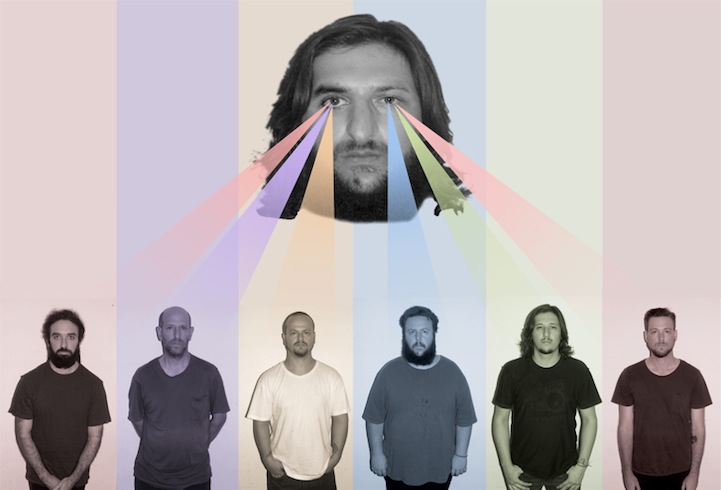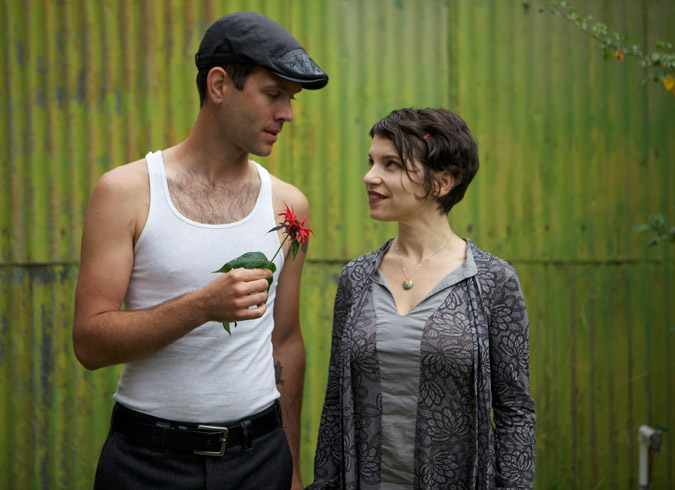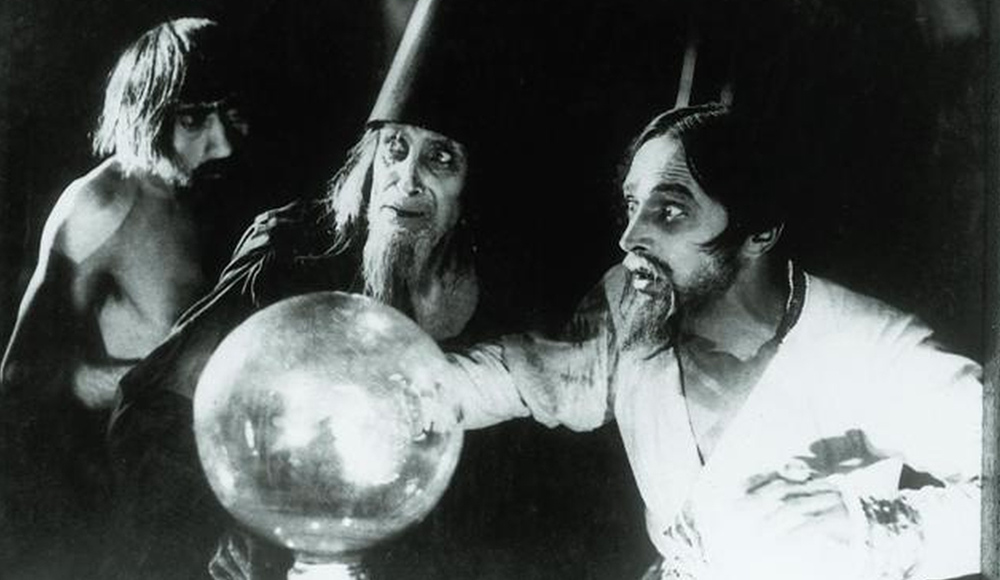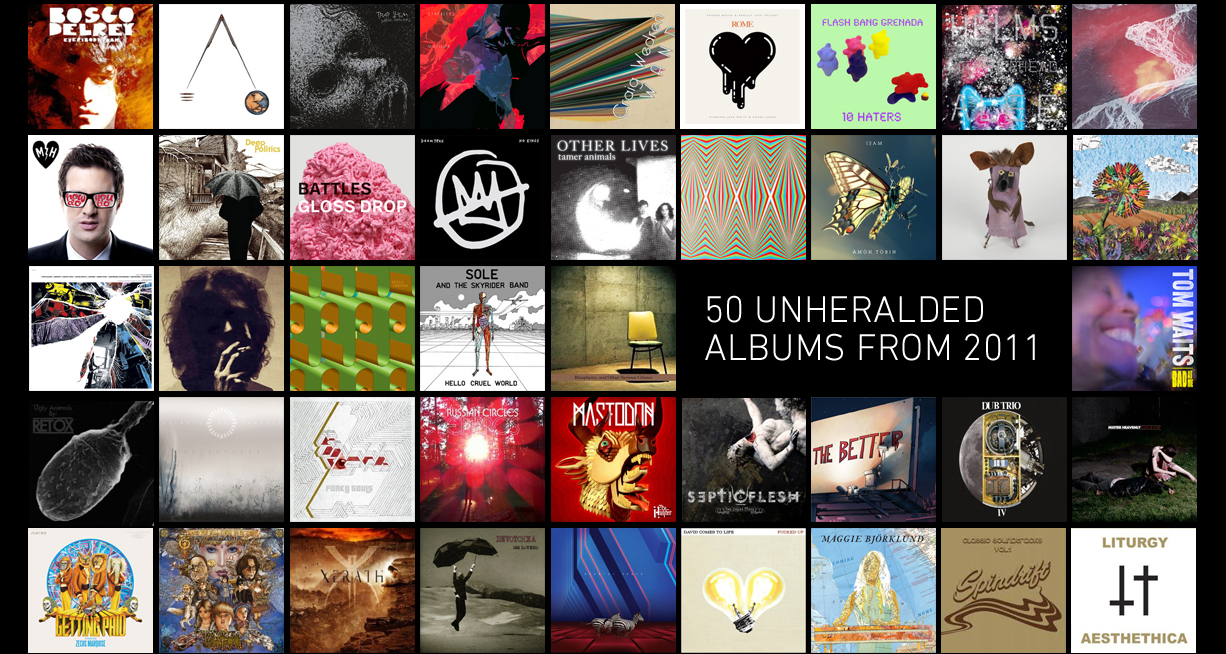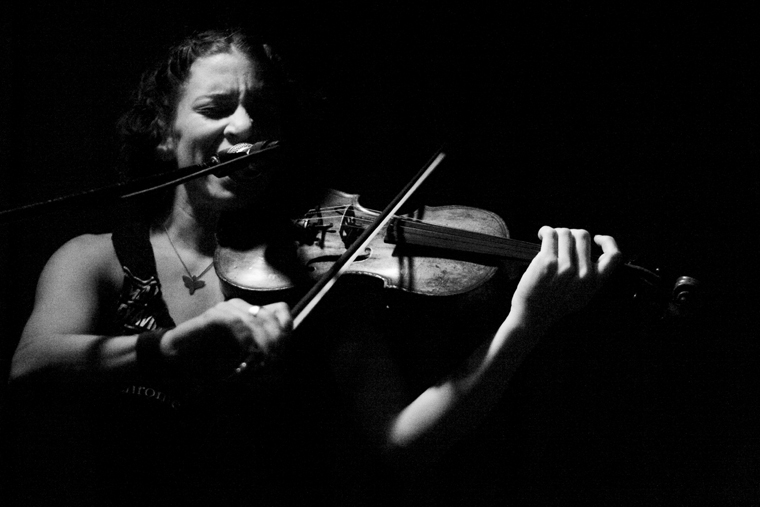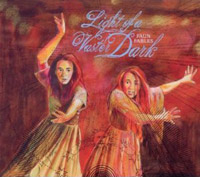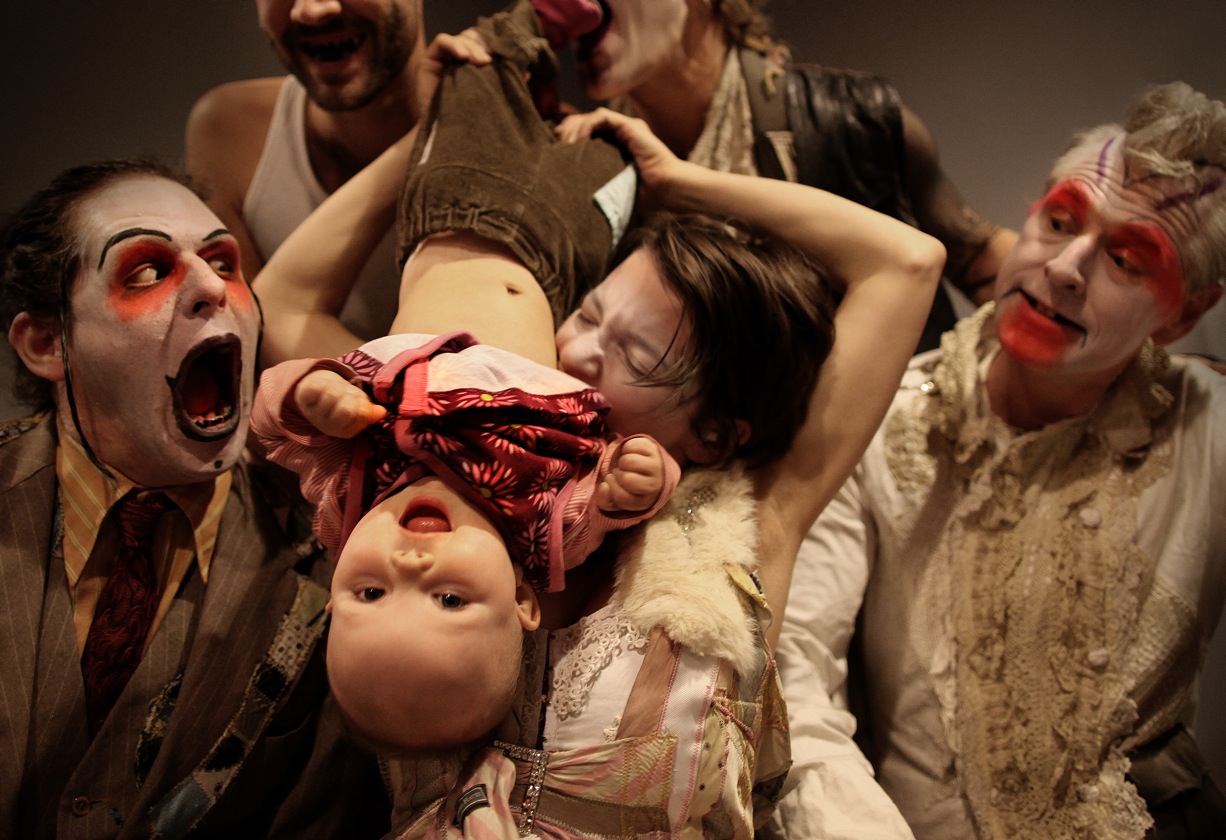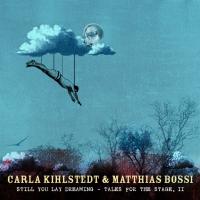 Carla Kihlstedt & Matthias Bossi: Still You Lay Dreaming: Tales for the Stage, II (12 Cups, 2/1/11)
Carla Kihlstedt & Matthias Bossi: Still You Lay Dreaming: Tales for the Stage, II (12 Cups, 2/1/11)
Carla Kihlstedt & Matthias Bossi: “Subsequently”
[audio:https://alarm-magazine.com/wp-content/uploads/2011/06/Subsequently.mp3|titles=Carla Kihlstedt & Matthias Bossi: “Subsequently”]
Oakland-based multi-instrumentalist Carla Kihlstedt has had a hand in upwards of 50 albums in less than 15 years. As a member of groups such as Tin Hat, Sleepytime Gorilla Museum, and The Book of Knots, Kihlstedt sings and plays violin, organ, percussion, and just about everything else.
Currently, she’s set to premiere Necessary Monsters, a song cycle based on Jorge Luis Borges’ The Book of Imaginary Beings, in San Francisco on July 29 and 30 at the Yerba Buena Center for the Arts. Read more about the project and the corresponding Kickstarter campaign on the Imaginary Beings Project website. We gave Kihlstedt the opportunity to write about her personal relationship with these monsters and how they unlocked a world of objectivity and imagination.
How Monsters Changed My Life
by Carla Kihlstedt
At first, they’re all so cute. Even the one with only one arm, one leg, one wing, and half a tongue; the one who goes around with hatred in his heart stealing speech from animals; the one who weeps in the forest, and if she’s caught dissolves herself into a heap of bubbles and salt; the little one made of string, dust, and a broken spool of who-knows-what; the one with one eye and a maniacally monotonous, monocled perspective.
But then you let them in for long enough, and as the spectacle wears off, they start just looking like friends with foibles. OK…large foibles, exaggerated features, caricatures for sure…nonetheless familiar, and almost friendly. And that’s when you’re in trouble, but believe me, it’s a necessary kind of trouble, a trouble that teaches you more about yourself than perhaps you were prepared for.
I’m referring, of course, to imaginary beings. My encounter with them begins with an innocuous moment when I was in college, home for vacation, looking at my parents’ bookshelf for something to read. The Book of Imaginary Beings jumped out at me, both because of its title (scholarly yet full of fantasy) and because I had heard this fellow, Jorge Luis Borges, referred to with an equally compelling combination of reverence, amusement, and excitement.
There were those who had read Borges and those who had not. I had not. Having read Borges was a kind of a badge of intellectual hipness. He would laugh to hear such a thing, he who said, “I think that what I have read is far more important than what I have written. For one reads what one likes. And one writes not what one would like to write, but what one is able to write.”
Now, I normally whinny, rear up, and gallop in the other direction when faced with a peer-pressure-inspired badge of anything! But in this case, my curiosity led the way, and since then, I have grown to love him as if he were my own grandfather. (Listen to his set of three lectures from Harvard’s “Norton Lecture Series” here, here and here, and perhaps he’ll become your surrogate grandpa too!)

